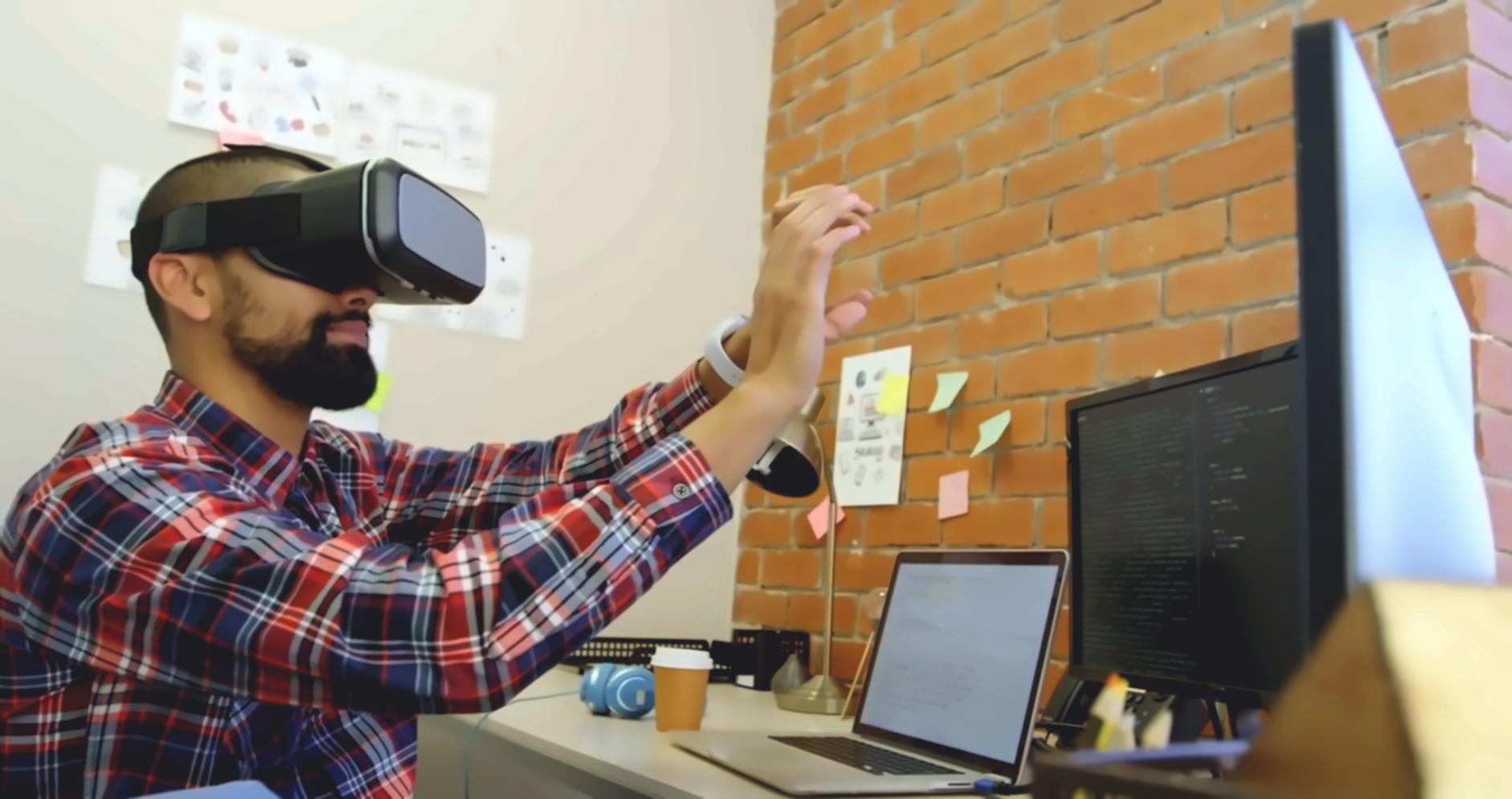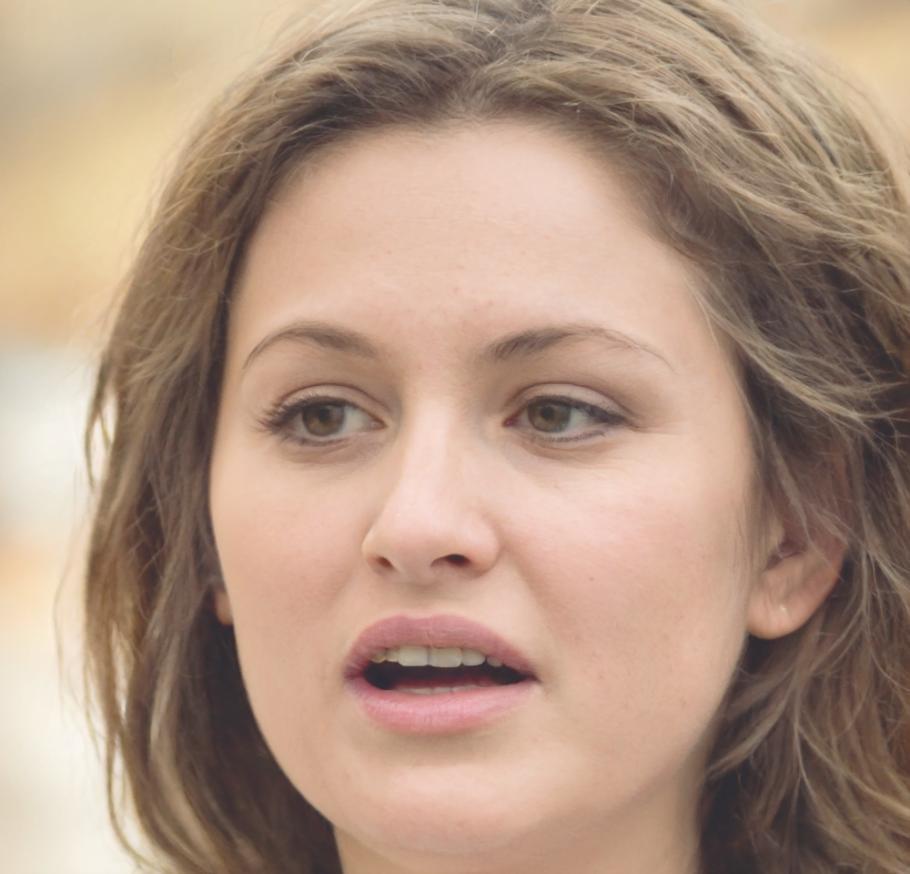Building Meaningful Design Partnerships
We've learned that the best UI/UX projects happen when creative minds work together. Our partnership approach brings together diverse expertise to tackle complex design challenges in Taiwan's growing tech landscape.

How We Structure Collaborations
Rather than traditional vendor relationships, we prefer working partnerships where both sides contribute their unique expertise. This usually leads to better solutions and more sustainable business relationships.
Complementary Skill Matching
We actively seek partners whose technical capabilities fill gaps in our design expertise. For instance, our current partnership with a backend development team in Kaohsiung has produced three successful fintech applications since 2024.
Shared Project Ownership
Both parties take responsibility for project outcomes. This means shared decision-making on major design directions and joint problem-solving when technical challenges arise. We've found this prevents the blame-game that kills many collaborations.
Revenue Transparency
Clear financial arrangements from day one. Whether it's revenue sharing, fixed partnerships, or project-based splits, everyone knows exactly how compensation works before we start designing together.
Partnership Specialists
These are the people who make our collaborative relationships work smoothly, handling everything from technical coordination to business development.

Kestrel Thorne
Partnership Development Lead
Kestrel handles the business side of our partnerships, from initial discussions through contract negotiations. He previously managed strategic alliances at a Taipei software company and brings that experience to structuring win-win arrangements with our design collaborators.

Seren Blackwood
Technical Integration Manager
Seren coordinates the technical aspects when we're working with development partners. She ensures our design systems integrate smoothly with partner workflows and handles the nitty-gritty details that make collaborative projects actually function.
Partnership Process
We've refined our collaboration approach over the past three years. Here's how most partnerships develop, though we adjust based on specific project needs and partner preferences.
Initial Assessment
We spend time understanding your technical capabilities, current client base, and business goals. This isn't a sales meeting - it's about finding genuine compatibility between our approaches.
Trial Collaboration
Most successful partnerships start small. We'll work together on a limited project to see how our teams mesh and whether our combined output is actually better than working separately.
Framework Agreement
Once we know we work well together, we establish the ongoing terms for collaboration. This covers everything from project selection criteria to how we handle client communication and revenue distribution.
Interested in Partnership Opportunities?
We're always open to conversations with development teams, marketing agencies, and business consultants who think there might be synergy with our UI/UX focus. Even if nothing immediate comes of it, these discussions often lead to valuable referral relationships.
Start a Conversation